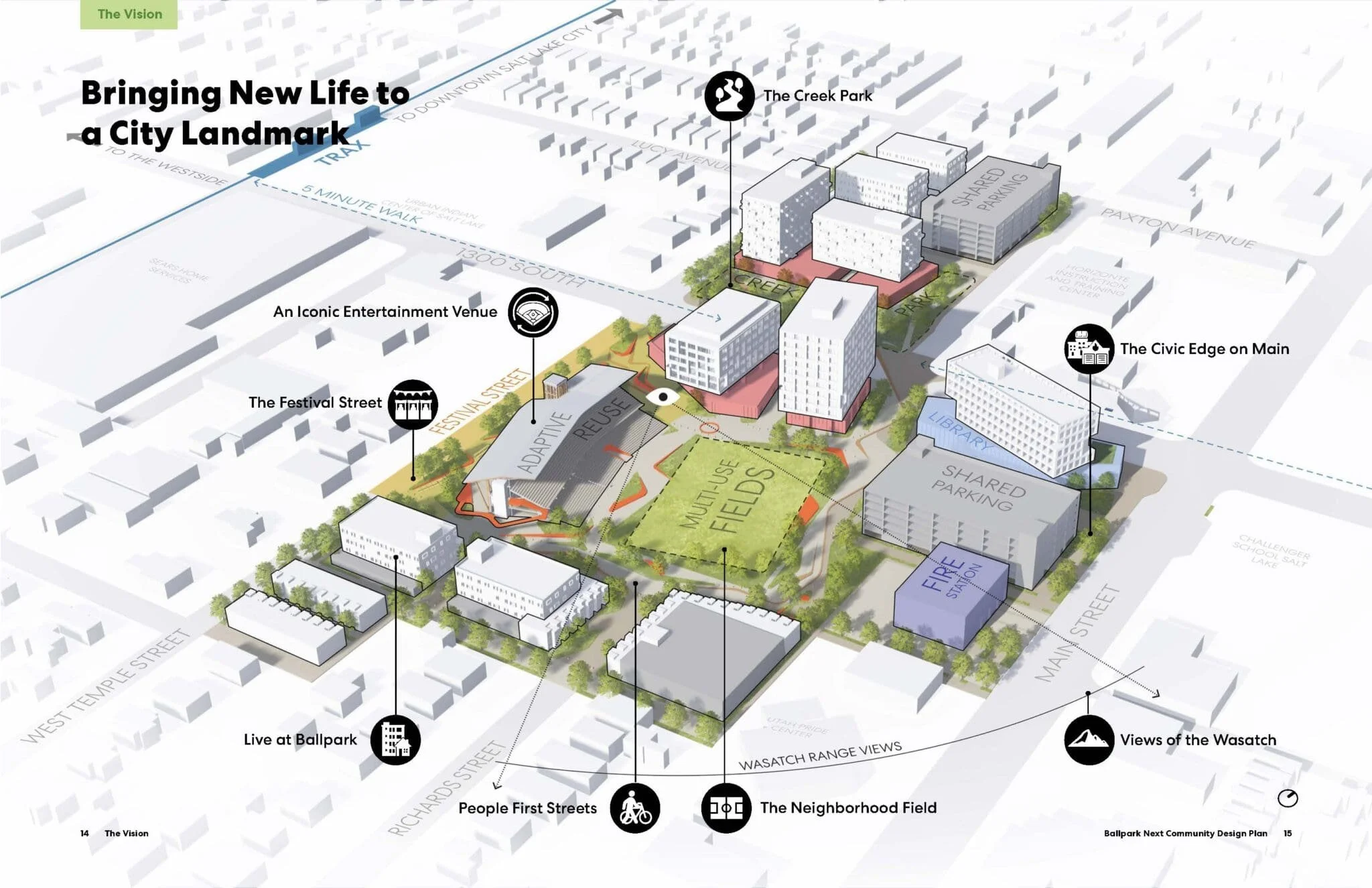New stream gauges provide crucial data
Authored by Salt Lake County
Source: The Watershed Watch
Stream gauges give important water supply, water quality, and flood protection data. This is key to understanding how urbanization affects our streams.
With funding from the Jordan River Commission, Salt Lake County Watershed Planning & Restoration is installing three new stream flow gauges! Two are already up and running: one in lower Emigration Creek at Westminster Campus, and one at 4800 South on the Jordan River. The third new gauge is in the works and will be installed on lower Parleys Creek in Hidden Hollow Park.
Stream gauge measurements are key to understanding the relationship between precipitation and stream flow (e.g., how quickly stream flow reaches its peak), which can vary significantly depending on the level of watershed development. Locating the new gauges at lower elevations in the watershed, will augment the data collected from our existing stream flow gauges at higher elevations. This will help us gain a better understanding of the level of “flashiness” in our urban streams.
Flashiness is an important component of a stream’s hydrologic regime. A “flashy” stream is one with significantly increased flows that occur immediately after the onset of a precipitation event and then a rapid return to base flow conditions shortly after the end of the precipitation. That is to say, water that precipitates within a flashy stream’s watershed will make its way quickly from the land into the stream and be flushed through the system rapidly. Urban development is the primary cause of flashiness, where acres and acres of impervious surfaces (roads, sidewalks, rooftops, etc.) send stormwater racing into storm drains. By contrast, precipitation that falls on areas with more natural landscapes will absorb into soils, thus making its way more slowly into streams.
The hydrograph illustrates perfectly the flashiness of Red Butte Creek, as recorded at the Miller Park stream gauge in Salt Lake City. Here we see stream flow rise and fall sharply during a rain event in April 2018. At 2:00 AM, base flow was roughly 0.3 cfs (cubic feet per second), but within an hour after the rain began, stream flow had increased to 10 cfs and proceeded to increase for the next six hours. By 9:00 AM stream flow reached over 70 cfs – that’s roughly 240 times higher than base flow conditions! In a non-flashy stream, the hydrograph would show a much more gradual rise and fall in stream flow over time, with both occurring after the rainfall event has ended.
To view Salt Lake County’s stream flow and precipitation gauge data, go to rain-flow.slco.org/home.




